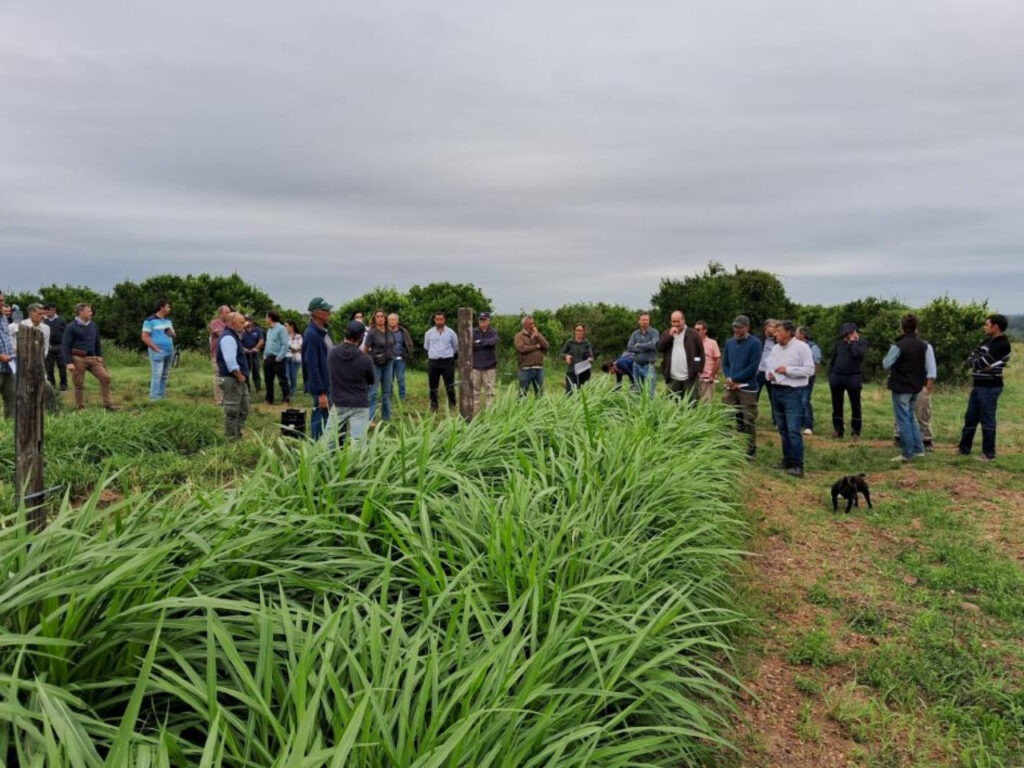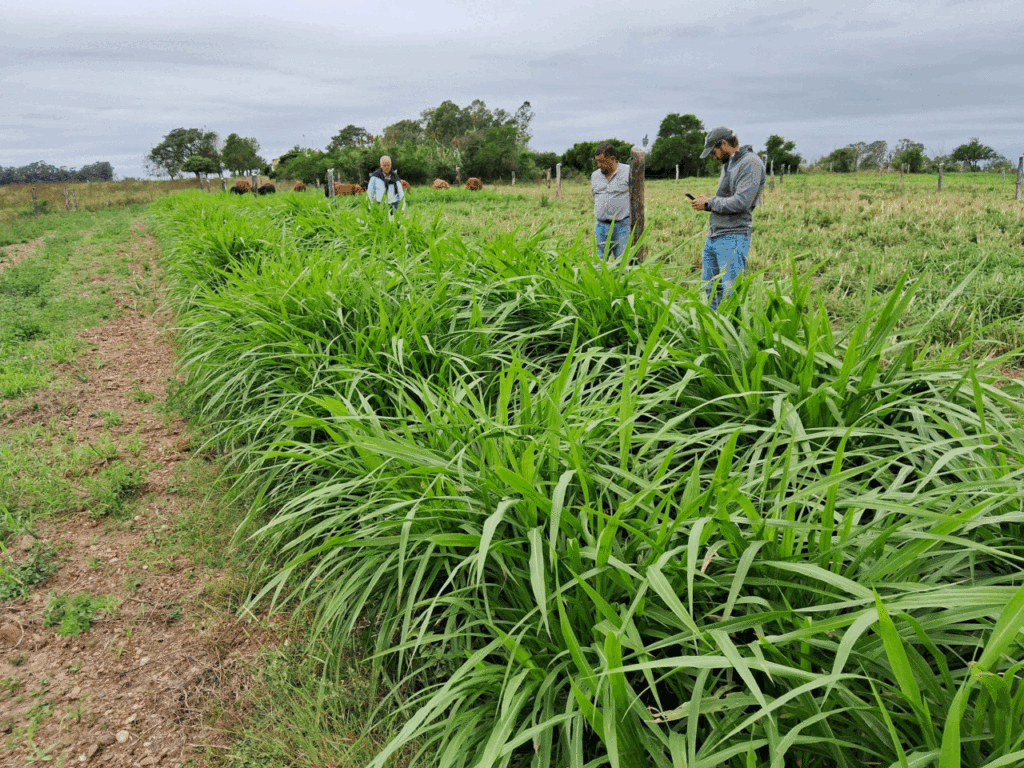On Friday, April 12, in Colonia Osimani and Llerena, located in the department of Salto, a transcendental meeting was held for agriculture and livestock farming in the northern part of Uruguay. Under the title "Fodder irrigation in horticultural-livestock production systems", this meeting was a showcase of the progress of the project "Irrigating livestock in the north".

The event was the result of a collaboration between the Facultad de Agronomía de la UdelaR, CENUR Litoral Norte (UdelaR), the Instituto Plan Agropecuario (IPA), the Instituto Nacional de Investigación Agropecuaria (INIA) and the Ministry of Livestock, Agriculture and Fisheries (MGAP), through the Dirección General de Recursos Naturales (DGRN) and the Dirección General de Desarrollo Rural (DGDR).
Water, irrigation and productivity
The main objective of the conference was to highlight the achievements obtained after three years of research on irrigated pastures in a field that combines horticulture and livestock farming, within the framework of the aforementioned project. Details of farm management were presented, including crops, dates, planting density, area, water management and irrigation system, as well as fertilization practices employed.
One of the most outstanding findings was the excellent productivity achieved in forage production with irrigated elephant grass, as well as in meat production, especially during the years 2022 and 2023, in a context of water scarcity. This result not only underlines the feasibility of implementing irrigation systems in these regions, but also their potential to mitigate the effects of drought on local agriculture and livestock.
The event had the active participation of livestock and horticultural producers in the area, as well as the technical teams of the organizing institutions.
In summary, the irrigation workshop was a significant step towards the transformation of livestock farming in the north of the country. The results presented not only show the potential of irrigation to improve productivity and resilience to climate variability, but also highlight the importance of collaboration between institutions and producers to promote sustainable rural development.



